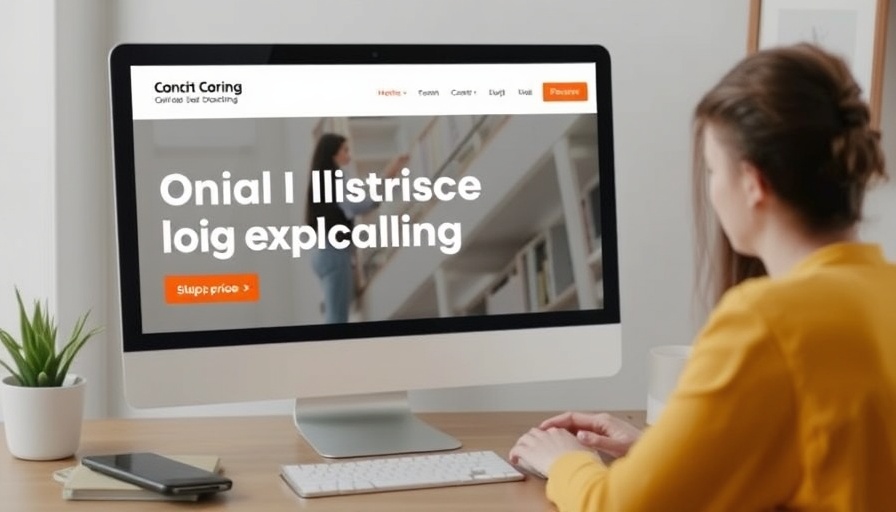
Embracing the Role of a Supportive Boss for Yourself
As educators and leaders in the field of education, it’s common to feel overwhelmed by the responsibilities we carry. Many of us have emerged from toxic work environments where the lack of compassion from superiors left us craving the freedom and autonomy to make our own decisions. Ironically, many of us replicate those detrimental behaviors on ourselves. As we take steps to move forward from bad boss experiences, we inadvertently fall into the trap of becoming our own worst critics.
Confronting Common Bad Boss Behaviors
Neglecting self-care and failing to set boundaries are often the hallmarks of a “bad boss,” and these are traits we frequently impose on ourselves. Feeling the pressure to constantly be productive, it’s easy for educators to forget the importance of downtime. Factors such as demanding work hours combined with emotional stressors contribute to high burnout rates in educational fields. In fact, studies have shown that educators face some of the highest levels of occupational burnout, and the pressure to perform often leads to compromising one’s health and happiness.
Setting Healthy Boundaries For Improved Well-Being
Establishing boundaries is an essential strategy to combat the issues of overworking and self-neglect. This means saying “no” when appropriate and recognizing the signs that you are stretching yourself too thin. By prioritizing factors like work-life balance, you not only protect your mental health but also become a more effective leader and educator, benefiting those in your care. Implementing techniques such as dedicated breaks, mindful breathing, or engaging in hobbies can significantly rejuvenate your spirit and validate your worth.
Transforming Your Inner Dialogue
The way we speak to ourselves can make a significant difference in how we navigate challenges. Transforming negative self-talk into a more supportive dialogue is key to shifting the narrative from self-criticism to encouragement. Instead of berating yourself for mistakes or perceived failures, try asking, “What can I learn from this?” This simple change in perspective can empower educators and help counteract the feeling of inadequacy that often creeps in during moments of self-doubt.
Building Community Support Groups
Creating or joining a network of fellow educators can provide valuable support. Peer-led groups promote sharing experiences and provide a space for open discussion about challenges, feelings of stress, and techniques for self-care. Surrounding oneself with a supportive community reinforces the idea that you are not alone in your struggles and encourages accountability in setting healthier work habits.
Actionable Insights: Steps Toward Self-Leadership
Taking actionable steps towards being a better “boss” to yourself involves a commitment to your overall well-being. Start by outlining your non-negotiables regarding work hours and personal time. Make a list of activities that rejuvenate your spirit, whether it be reading, taking walks, or even indulging in a favorite food. Create a schedule that enforces dedicated time for these activities, treating them with the same importance as work commitments. Regularly assessing your mental and emotional state is crucial in understanding when adjustments must be made.
In Conclusion: It’s Time to Be Your Own Best Boss
As you reflect on your experiences in education and leadership, consider the changes you can embody in your self-management style. The journey to becoming your own best boss begins with cognizance of your worth, setting lasting boundaries, and surrounding yourself with support. It’s time to celebrate the unique role you play not only for others but also for yourself. Remember, thriving in your entrepreneurial journey isn’t just about working hard; it’s about working smart and taking care of the one person who truly matters—you!
If you're ready to dive deeper into transforming your self-management style, seek out additional resources that promote a stronger focus on self-care and encourage building a supportive network of fellow educators. It can be your first step toward creating a more fulfilling professional life.
 Add Row
Add Row  Add
Add 




Write A Comment